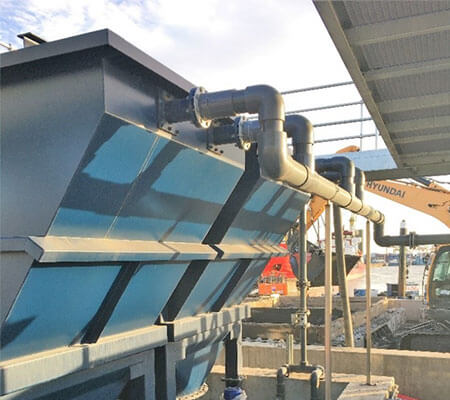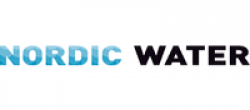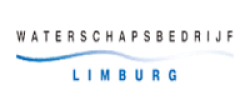Granular Activated Carbon Filtration
Granular activated carbon filters in water and waste water treatment are used to remove organic matter, micropollutants, medicine residues and colour components to meet the required criteria.
Granular Activated Carbon Adsorption
Plug flow operations
Granular activated carbon (GAC) processes are widely used to adsorb organic matter and/or micropollutants. By applying GAC in a continuous media filtration plug flow process the full bed height is used to saturate the GAC.
Operational savings
The lifetime expectancy for the granular activated carbon may be prolonged in continuous media filtration applications by simultaneous biodegradation inside the filter. Contributing to a smaller carbon footprint and lower OPEX.
Simultaneous removal processes
The process is efficient in removing both (organic) micropollutants by adsorption and biodegradation, even if the feed water contains solids. At the same time phosphorus and solids removal is obtained by inline coagulant dosing.

How it works
The continuous filtration system is using granular activated carbon as the filter media. As a result the media is washed during filtration and adsorption. This allows higher solids concentrations in the feed to the filter, if compared to conventional backwashed GAC filters. The granular activated carbon media is selected to withstand the circulation of the media via the airlift and washer assembly. The circulation allows the media to become fully saturated.
In those cases in which the solids load to the GAC filters is restricted we may also apply static GAC filters, with or without options for backwashing of the media.
Typically the granular activated carbon column is gradually saturated by the adsorbed components. This might be organic matter, e.g. DOC or micropollutants, such as medicine residues. After the GAC column is saturated the media are replaced and/or regenerated for further use. A serial GAC filtration is applied if the filtrate criteria are very stringent. In this case the serial filtration is turned around, after column one is fully saturated.
Optimizing process design
The granular activated carbon process is designed on the basis of the relevant process parameters: empty bed contact time, specific isotherms, mesh width and characteristics of the granular activated carbon applied and consent levels.
If required bench scale testing may be applied to verify the basis of design. To select the most appropriate media for the application and to convert the bench scale results into a full scale filter design. Test facilities are used to execute these bench scale trials under predefined conditions.

Features
Robust polishing of waste water
Process water production
In process and drinking water schemes granular activated carbon filtration is an efficient barrier for micropollutants and organic matter. Also colour removal (e.g. due the presence of humic substances) is effective.
Leachate
Leachate or percolating site water run-off may contain a cocktail of components which should be removed prior to discharge. Hence GAC treatment is typically applied as part of the scheme to take out micropollutants down to nanogram per liter concentration levels.
Combined biological conversion
A powerful combination of adsorption and biodegradation makes the solution low in operational costs, as the regeneration frequency of the granular activated carbon may now be reduced considerably.
Testimonials
We are happy to collaborate with our clients to meet their objectives.
And we highly appreciate their feedback!
Conway Engineering were engaged by the Client to design, build and commission a turnkey solution for the treatment of contaminated leachate from dredging operations at Alexandra Basin, Port of Dublin, Ireland. The key challenges included the level of contamination, the onerous discharge standards, the site area available and the limited sampling data initially available for design.
The open collaborative approach with Brightwork allowed us to design and develop a bespoke treatment process that was optimised and extended on site to ensure compliance with the strict environmental licensing in place. This partnership resulted in successful delivery of the Client’s brief to the highest standards.
Jennifer Conway
Conway Engineering

Would you like some further reading?
Please feel free to download this whitepaper ‘’ Design and build of a water treatment plant to treat contaminated leachate from dredging works at Dublin Port”.









